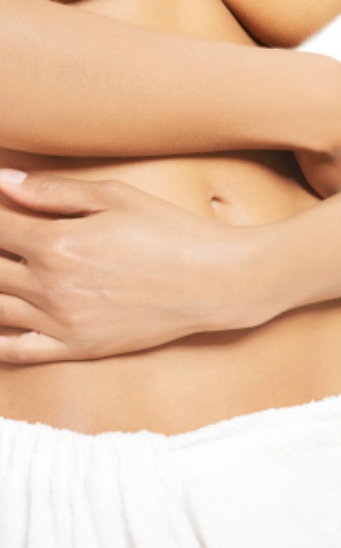
Physical changes in the mother after childbirth
The puerperium is the period from delivery to the appearance of the first menstruation. This period usually lasts between 6 and 8 weeks (approximately 40 days) and the mother’s body undergoes a series of changes that we will better cope with if we know them beforehand. The puerperal woman will lose about 5-6 kg due to the involution of the organs and the delivery of the baby
Changes in the maternal organism after childbirth
During the puerperium, a series of changes take place in the maternal organism:
- Involution of the uterus, cervical neck and vagina . After the delivery of the placenta, the uterus contracts. The cervix or neck of the uterus also regresses and undergoes a repair of its structure that will not be perfect, for this reason multiparous women (with more than one childbirth) have the external cervical orifice ajar but the internal one remains closed.
- The vagina , due to the increased vascularity that it suffered during pregnancy, is more delicate, and it is not uncommon for small bleeding or bruising to occur.
- The healing of the episiotomy (cut that is made in the inferolateral area of the vagina to facilitate the passage of the baby during delivery and to avoid possible tears) will be completed, if there are no complications, in about 7 days.
- In the days after delivery, lochia appear , a genital exudate made up of blood cells, desquamation of the endometrium (inner lining of the uterus) and residual cells of the placenta. The lochia will take on different colors as the days go by (red, yellow and finally whitish) and usually persist during the first 10 days postpartum. If it lasts for a longer time, if they are very abundant or if they present a foul odor, they will make us suspect an infectious process or persistence of uterine remains.
- The body temperature is kept at 36,5-37ºC. If it exceeds 38ºC, and with a rapid pulse, we will suspect an infectious process.
- The blood losses that occur during childbirth (less than 500cc) frequently cause anemia during the first days postpartum. Iron replacement therapy or even, in extreme cases, blood transfusions are required to improve anemia.
- The constipation in puerperal usual laxatives or enemas needs cleaning. Urinary retentions are also frequent.
- The puerperal woman will lose about 5-6 kg due to the involution of the organs and the expulsion of the baby.
Behavior during the puerperium
During the puerperium it is necessary to maintain a calm life , do moderate exercise and a good hygiene of the genitals with water and salt or some antiseptic. Baths and sexual relations are not advisable until the end of the puerperium .
Once discharged, the next follow-up examination to be performed by the obstetrician will be performed a month and a half after delivery . An exploration of the breasts and the genital apparatus will be carried out by means of a vaginal examination to verify a good involution of the uterus and the preservation of the anatomy of the vagina; The speculum will be inserted to observe the cervix and check its structure and correct closure and a revision of the episiotomy if it was performed.




















+ There are no comments
Add yours